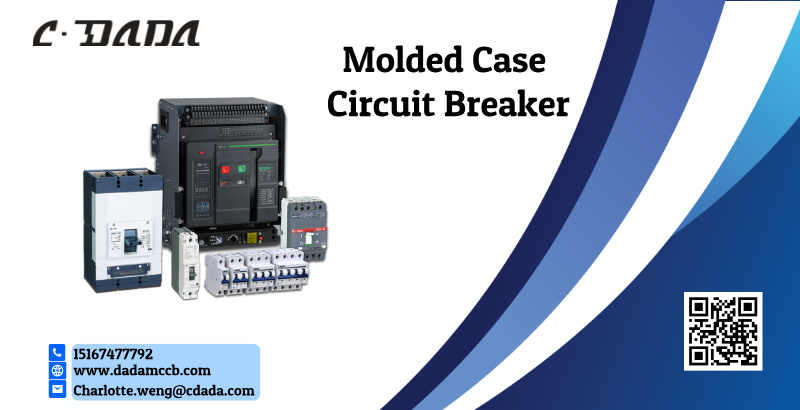With the popularization of smart homes, the number of household electrical devices has soared, and circuit safety has become a core concern for users. As a core component of circuit protection, MCCB (Miniature Circuit Breaker) is becoming an indispensable "invisible guardian" in the smart home security system with its rapid response and multiple protection functions.
I. Core Functions and Technical Advantages of MCCB
MCCB (Miniature Circuit Breaker) is an automatic switchgear integrating overload protection, short-circuit protection and leakage protection. Its core technical advantages include:
Millisecond-level response speed: When a circuit fault occurs, MCCB can cut off the power supply within 0.1 seconds, avoiding equipment damage or fire risks.
Modular design: Compact in size (just the size of a palm), supports embedded installation, and seamlessly integrates with smart home distribution boxes.
Intelligent upgrade: Some high-end models support remote control, fault diagnosis and data upload, and can be linked with smart home systems to achieve active protection.
Ii. Application Scenarios of MCCB in Smart Home
In the smart home scenario, MCCB mainly assumes the following roles:
1. Equipment-level protection
Smart home appliances: When high-power devices such as air conditioners and vacuum cleaners trip due to overload, MCCB can accurately identify abnormal current and cut off the power supply to prevent the devices from burning out.
Weak current system: It is protected separately through C-type (5-10 times the rated current) or D-type (10-20 times the rated current) circuit breakers to ensure the safety of low-power devices such as lighting and sensors.
2. System-level protection
Leakage protection: Integrated leakage detection module. When a person gets an electric shock or the insulation of the equipment fails, it will cut off the power supply within 0.1 seconds to prevent electric shock accidents.
Energy management: In conjunction with the intelligent gateway, monitor the electricity consumption of each circuit in real time and optimize the energy allocation of the household.
Iii. Future Trends: From Passive Protection to Active Defense
As smart homes evolve towards whole-house intelligence, MCCB is moving towards the direction of edge computing +AI prediction:
Adaptive protection: By learning the user's electricity usage habits, the protection threshold is dynamically adjusted.
Dual-mode energy security: Combined with photovoltaic energy storage systems, MCCB can give priority to ensuring power supply for emergency equipment.
Conclusion
In the era of smart homes where "safety is experience", MCCB is not only the "last line of defense" for circuit safety, but also the cornerstone for building an intelligent ecosystem. Choosing MCCB products that comply with the GB 10963.1-2022 standard (such as brands like Schneider and Chint) will be a crucial step for users to create a reassuring and smart life.
